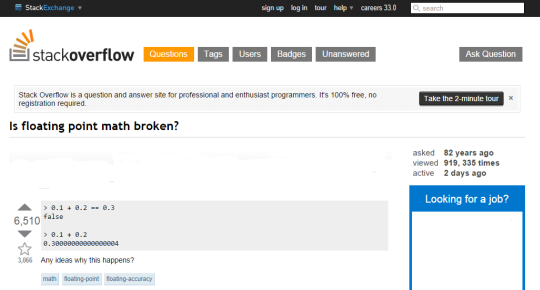On Monday, Psy’s Gangnam Style video exceeded the limit of YouTube’s view counter; this is what Google had to say (hat tip: Digg):
“We never thought a video would be watched in numbers greater than a 32-bit integer (=2,147,483,647 views)…”
2,147,483,647 is 231 – 1, the maximum positive value a 32-bit signed integer can contain.
Google has since fixed the counter, but they didn’t say how (32-bit unsigned integer? 64-bit integer?). (Update: By deduction from this Wall Street Journal article, Google is now using 64-bit signed integers — although the number they cite is 263, not 263 – 1.)
The interesing thing is the “Easter egg” Google placed. If you hover your mouse over the counter, it spins like a slot machine; if you hold the mouse there long enough it will show a negative number. But the negative number is not what I expected. Is there a bug in the Easter egg?
Continue reading “Gangnam Style Video Overflows YouTube Counter”


